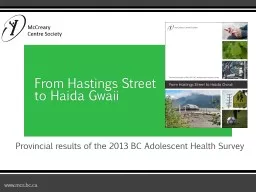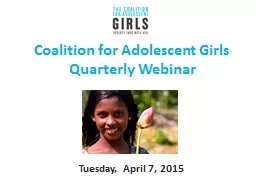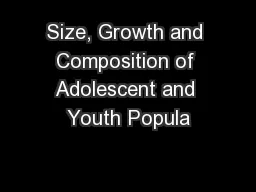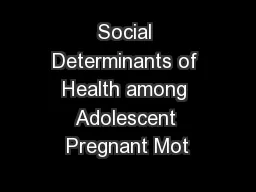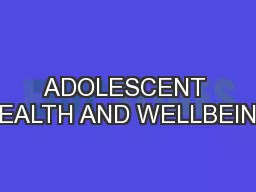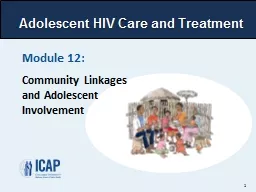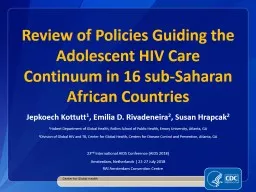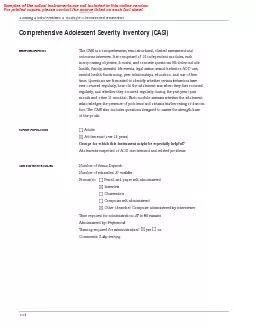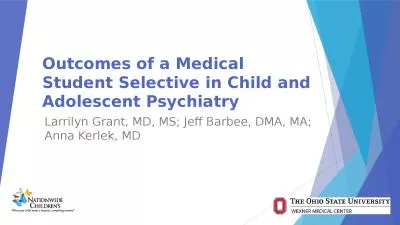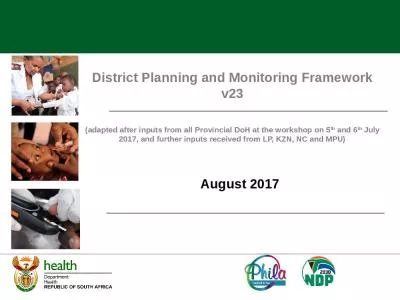PPT-Provincial results of the 2013 BC Adolescent Health Survey
Author : phoebe-click | Published Date : 2019-11-24
Provincial results of the 2013 BC Adolescent Health Survey From Hastings Street to Haida Gwaii 2013 BC Adolescent Health Survey Background Positive findings and
Presentation Embed Code
Download Presentation
Download Presentation The PPT/PDF document "Provincial results of the 2013 BC Adoles..." is the property of its rightful owner. Permission is granted to download and print the materials on this website for personal, non-commercial use only, and to display it on your personal computer provided you do not modify the materials and that you retain all copyright notices contained in the materials. By downloading content from our website, you accept the terms of this agreement.
Provincial results of the 2013 BC Adolescent Health Survey: Transcript
Download Rules Of Document
"Provincial results of the 2013 BC Adolescent Health Survey"The content belongs to its owner. You may download and print it for personal use, without modification, and keep all copyright notices. By downloading, you agree to these terms.
Related Documents

